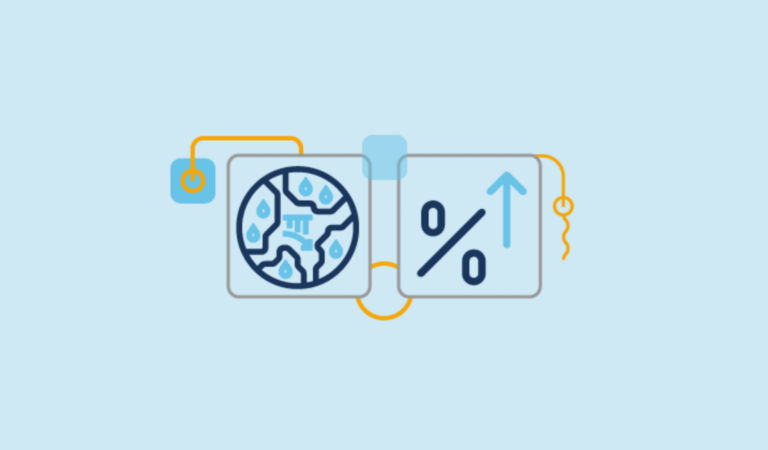Dispersion fuels winners and losers in 2023
But not all emerging markets are equally vulnerable to today’s environment. Brazil and Mexico, for example, with their ties to commodities and the US economy, respectively, could be near-term relative winners. We believe that inflation is well past its peak in these countries, that neither must govern through a Russia/Ukraine war spillover, and that both are largely removed from the specter of China’s influence.
Critically, when the US dollar and tighter liquidity conditions finally pivot, so, too, will emerging markets overall, in our view. But could China continue to lag after such an inflection point? We think so, but this will depend on the trajectory of its great-power geopolitical struggle with the US. The latest policies from Washington seeking to end China’s development of high-end chip manufacturing — combined with recent political developments in China — do not bode well for a potential truce next year.
Bottom line on emerging markets equity for the year ahead
Until that US-dollar pivot and the emergence of a more favorable environment for broader emerging markets, we believe investors should look to take advantage of the wide dispersion across EM countries next year. In our view, it will be critical to focus on the markets that can still thrive in a world with higher inflation, rising rates, and heightened tensions from deglobalization.























